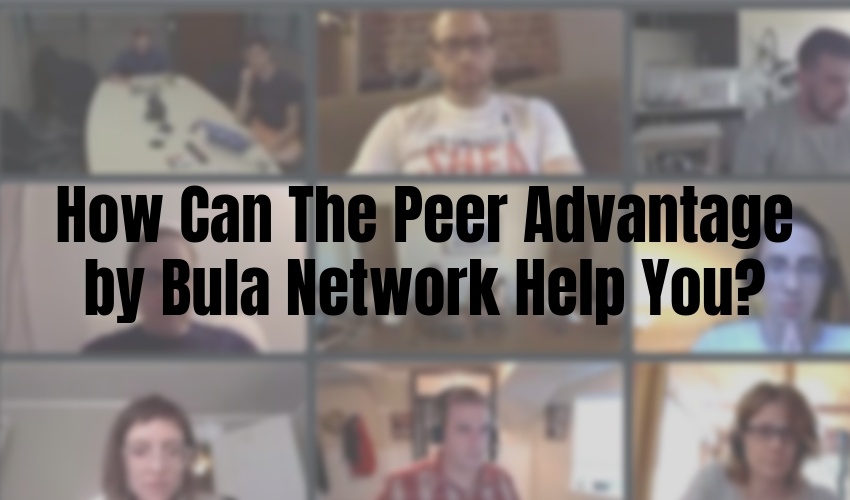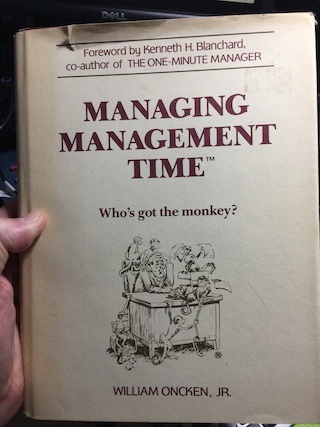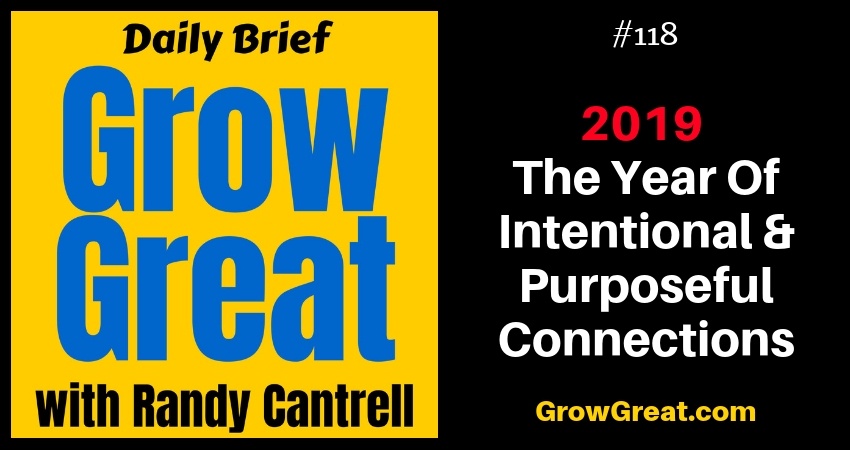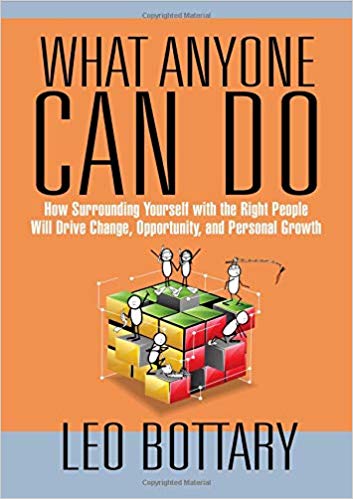You Can’t Talk Yourself Out Of Overthinking – Grow Great Daily Brief #122 – December 13, 2018
Podcast: Play in new window | Download (Duration: 10:01 — 9.7MB)
Subscribe: Apple Podcasts | Spotify | Email | RSS | More
“Stop overthinking it,” is empty advice. And it’s given every second of every single day. It doesn’t matter if somebody says it to you or if you say it to yourself.
It’s not specifically about overthinking, but it includes it. Some of it is hardwired. Some of it is learned. And like many traits, there can be an upside and a downside. Mostly, there can be harsh generalizations. You can spot it by the language used. OVERthinking emphasizes the over part, not the thinking part. Does it presuppose that there’s an ideal amount of thinking, but the second you go over, then you’re now in that land of “too much.”
Can you really think too much? Is that really the issue?
Nope.
The real issue is inaction.
The real issue is not seeing things as they may really be.
The real issue is BELIEF.
It’s what you believe, which is why you’re not going to talk yourself into or out of anything. And it’s why some empty-headed advice isn’t going to work either.
“Stop overthinking it.”
“Don’t do that.”
“Do this.”
Overthinking is synonymous with anything else you feel may be a constraint. Or the things that truly are constraints. But it’s more precise than that. It’s part of you. It’s in you. It’s how you see things. It’s your belief.
It all depends on how you think about it. It depends on what you think.
Translation: It all hinges on what you believe. It’s a faith thing.
Not religious faith, but faith.
Change your actions. Easier said than done, but easier done than changing beliefs. Plus, you don’t have to change your beliefs in order to change or improve your behaviors or actions! Changing your actions can and will lead to a change in beliefs.
Chicken and egg. It’s a longstanding quandary. Except we spend an inordinate time in a senseless debate. It doesn’t matter. And we may be wrong.
Beliefs really matter!
But do they matter more than actions? Believe your way to something without doing anything. Go ahead. Try it.
Talk to yourself some more. Tell yourself to stop it. Tell yourself to change your beliefs. Tell yourself to change your actions. Just keep talking. Don’t DO anything. See how it works out.
Try something. Figure it out.
Here’s the deal. You can work really hard and long on trying to figure it out in your head. Or your mouth. But you’ll never know if it’ll work or not. You won’t know if you’ve figured anything out unless or until you try something.
Then, based on the outcome, you’ll learn. If you give it enough of a try you’ll figure out what works and what doesn’t. Along the way, you’ll start to believe some new things, and let go of some old things. Maybe.
“If the map doesn’t agree with the ground the map is wrong.” -Gordon Livingston
Put another way, reality trumps what you think. And yet what you think becomes your reality. It’s the proverbial catch-22.
Self-Improvement Done With A Live Audience
The reason you can’t talk yourself out of overthinking is that you need help from other people. We may be able to self-diagnose but we can’t always self-remedy our problems. Self-help isn’t selfish help or alone help. It’s work best done in the presence of and with the help of OTHERS.
The map doesn’t always agree with the ground. Sometimes our eyes don’t even accurately see the ground as it truly is. Perspective. Vantage points. Blind spots. Beliefs. They’re all in play as we navigate life.
Behind every corner is a paradox, often making things even more cloudly and confusing.
For example, you can’t talk yourself out of overthinking, but you can talk yourself into overthinking. You can embrace thinking about something so much you do nothing. Busy with analyzing things eight ways to Sunday you can get NOTHING accomplished. You can also make it make sense in your head.
Self-improvement with a live audience – meaning, with real people surrounding you (people who can help you) is another paradox. It demands that you both care what others say and do (and think) while at the same time not caring at all what they say, think or do.
Push-Pull
It’s about getting things done. Performance. Achievement. Accomplishment.
Thinking about it won’t make it happen. Fretting about what somebody may say, or how they may feel, or what they may do won’t make it happen either.
Thinking about it the right way can help spur you to make it happen though. Having empathy for the people you approach – all those people who won’t take your call, or people disinterested in your offer – will help you keep going forward to make it happen. You’ll keep going, taking more actions every day as you push forward.
The push to be empathetic and the pull to not care one whit what anybody thinks.
The push to take actions – just knowing enough, thinking enough of what your next actions should be – and the pull to be intentional, purposeful and strategic.
The push to just act, even mindlessly versus the pull to see three steps ahead.
The push to plan versus the pull to ditch planning altogether, choosing rather to act.
Yes, what you think matters. What you believe matters even more. But in the battle between your thoughts and feelings and your behavior…your actions…it’s your actions that will provide the success.
Testing In The Real World
How will you test your thoughts? Feelings? Beliefs?
You can run every conceivable scenario through your head ’til the cows come home and you’re no better off hours later than when you first began. It’s all make-believe. It’s not real.
Until you do something.
The second you take action you start getting feedback. And feedback is the stuff you need in order to figure it out. Is the action helping you succeed or not? You can know, but not if you keep the actions bottled up in your head.
What if you’re wrong? What if you think it won’t work so you never try? Well, congrats…you win the prize for being right. But why not try it, even if you don’t believe in it, to find out? What have you got to lose? NOTHING.
Do nothing and you won’t succeed. Do something – even if it’s something you’re unsure of, or something you’re certain won’t work – and find out.
The title today speaks to how we often try to fix what ails us with everything except doing something. That’s the point of today’s episode. Stop trying to fix yourself. Just jump in and do something. Something you’re not currently doing. Something different. Try something you’ve never tried before.
If something is working, then do more of it. If something isn’t working, then tweek it to see if you can change the outcome. If something isn’t working and it’s never worked, no matter how much you adjust, then ditch it. Move on.
Forget what anybody says. Forget what anybody does. Forget what anybody thinks. Respect them. Be thoughtful, but quietly give each of them the stiff arm and shove them aside as you work harder to figure it out.
Be well. Do good. Grow great!








